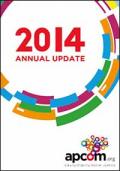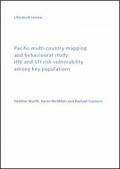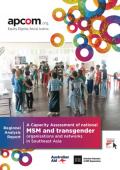Publications on Men Who Have Sex With Men (MSM)
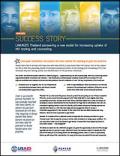

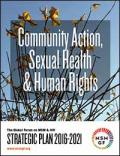
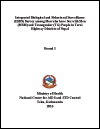
This is the first round IBBS survey among MSM/TG conducted in eight districts of Terai Highway in Nepal and field work conducted by National Institute for Development and Research (NIDR). The eight districts namely Jhapa, Morang, Sunsari (Eastern Terai), Nawalparasi, Rupandehi, Kapilbastu (Western Terai), Kailali and Kanchanpur (Far-western Terai) were purposively selected on the basis of previous round of size estimation, consultation with relevant stakeholders during the formative assessment.
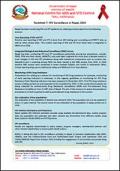
Nepal has been conducting HIV and STI surveillance particularly among key populations, namely: PWID, FSW and their clients, MSM/TG, and male labor migrants for more than a decade mainly to track changes in HIV and STI prevalence along with behavioral components such as condom use. Hepatitis-B and C screening among PWID has been started in the IBBS surveys from 2015. In 2016, baseline IBBS surveys were conducted in Street Involved Children and Youths in Kathmandu Valley, Female injecting drug users in Kathmandu Valley and MSM and TG in Terai districts.
